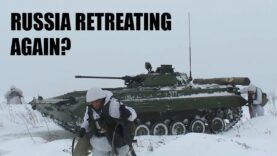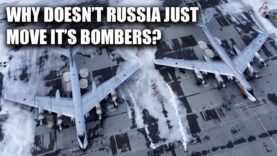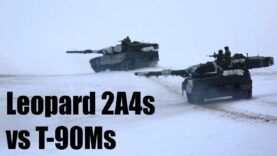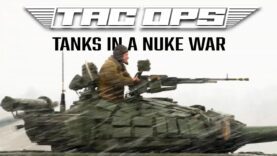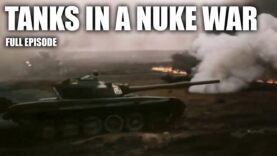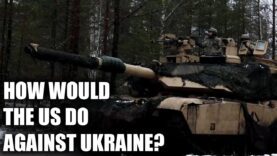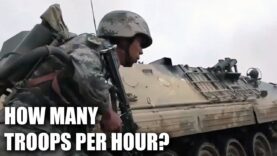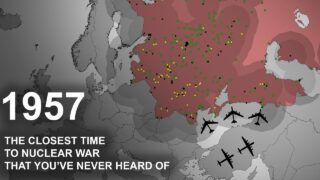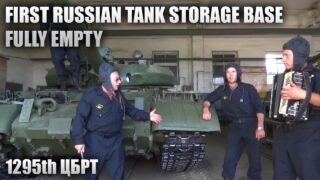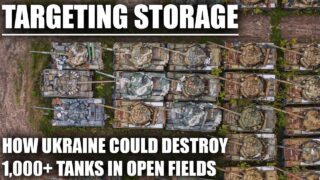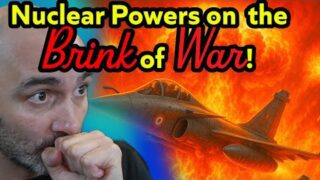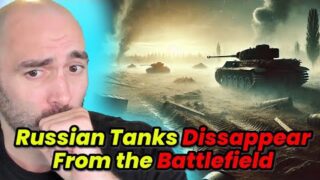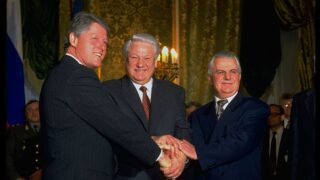How Would Tanks Perform in a Nuclear War?
How Would Tanks Perform in a Nuclear War?
Video Summary
This had two effects. Firstly, it enabled them to potentially continue fighting through a more limited nuclear exchange, with the destruction being confined to military sites and avoiding cities. Secondly, it allowed the development of turnkey nuclear weapons, such as missile defense systems and “first strike” weapons, which could potentially give one side an advantage and negate the risks to themselves.
I want to take this opportunity to thank our sponsor, Nordvpn, who have been a long-time partner of mine. They offer a VPN service that goes beyond just protecting your online activity, with features like threat protection, which blocks intrusive ads and web trackers, and scans downloaded files and URLs for malware.
In the event of a nuclear exchange, any remaining military forces would likely be left in disarray, with the majority of air and naval forces being destroyed. Cities and ports would be targeted, and logistics would be severely disrupted. However, ground forces, being more mobile and adaptable, would be more likely to survive and continue to fight.
The Soviet Union, in particular, placed a strong emphasis on their ground forces, with each unit containing around 2,000 personnel, 70 tanks, and 110 other fighting vehicles. Declassified US spy satellite imagery reveals massive bases across East Germany, each with its own unique set of military units.
According to a declassified CIA document, these spaces held roughly 5,000 tanks, which is only about nine percent of the total number they had at the time. In contrast, today, around 50 to 80 percent of Russian tanks are in storage bases.
The Soviet Union’s strategy was to keep their forces spread out, creating more targets for Nato to hit. This increased the chances that some units might survive, but it also meant that the units that did survive would have to travel long distances to reach the front lines. With the infrastructure in place, it was almost certain that rail lines would be unusable during a nuclear war.
This left only one option: using roads. While roads are more vulnerable to temporary disruption, they are easier to repair and offer more flexibility than rail. However, tanks are heavy and cannot be driven long distances. The Soviet Union had around 44 special trucks capable of carrying tanks, but only one at a time, which would require repeated trips and delays.
Furthermore, tanks are not designed for long road trips, and resting would be necessary, making maintenance and repairing essential. Declassified documents reveal that the Soviet Union recognized the need for mobile tank and vehicle repair capabilities and increased their focus on nuclear, biological, and chemical protection.
It appears that the Soviet Union prepared for a war scenario in which there would be intense but short battles, with ground forces exchanging quickly. They structured their logistics around this concept, with supply depots focused on the front lines. In Ukraine, however, the war is playing out differently, with a clear front line and prolonged battles, highlighting the limitations of Russia’s Soviet-style warplanning.

